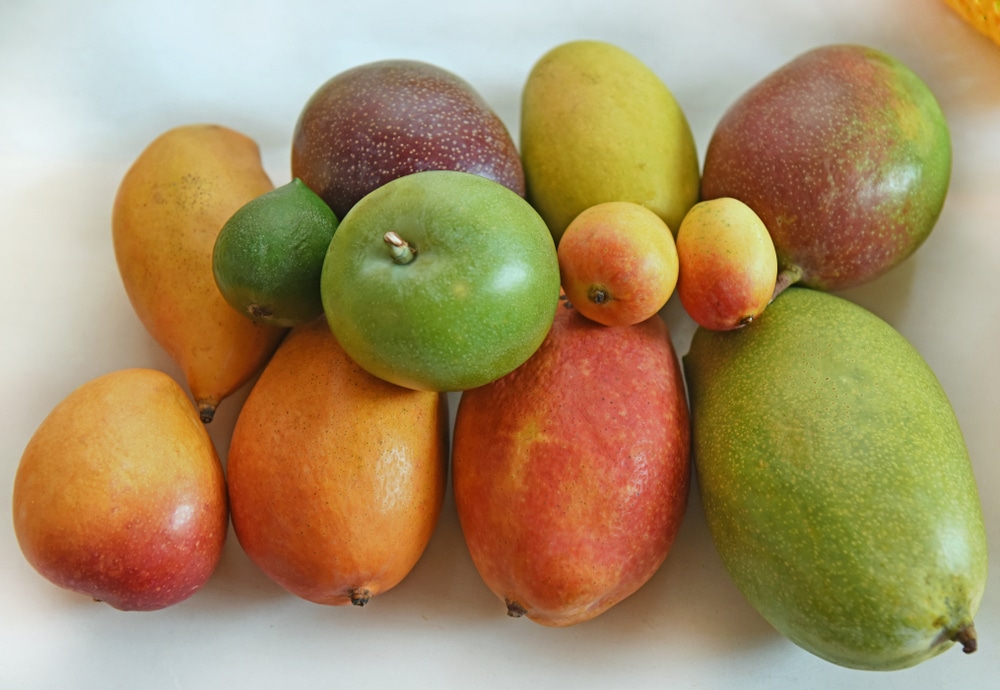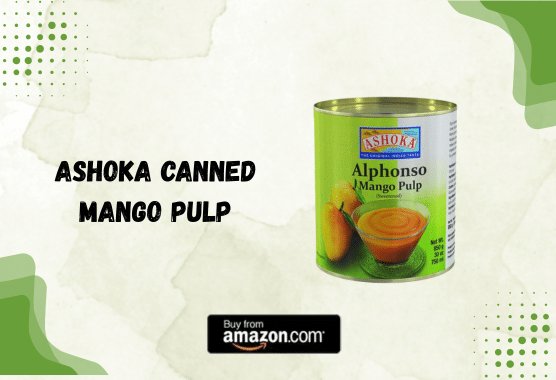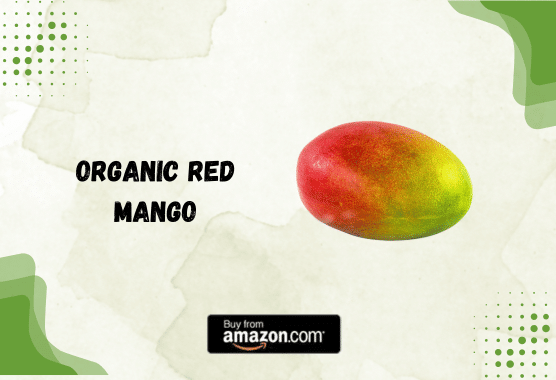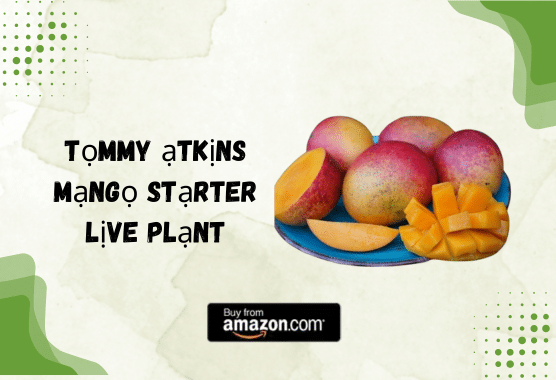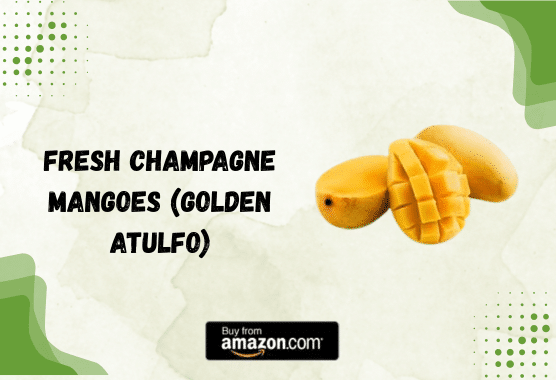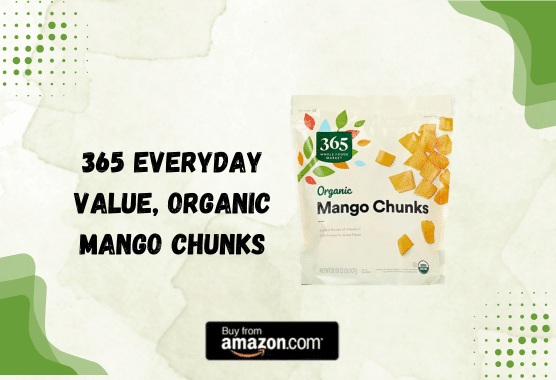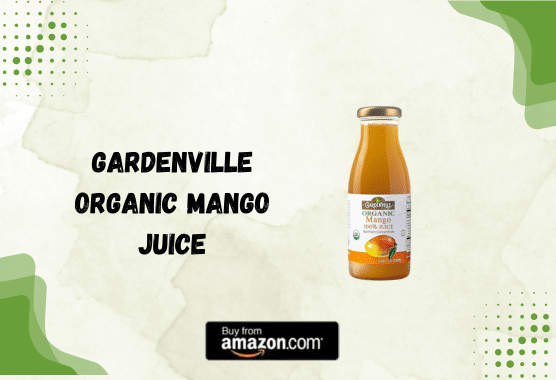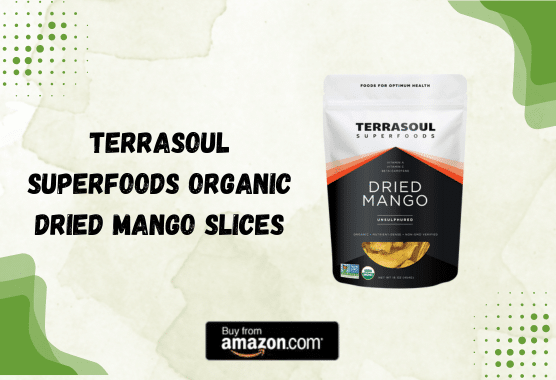Table of Contents
Mangoes are one of the world’s most beloved fruits, known for their juicy sweetness, rich flavors, and vibrant colors. With a history that spans centuries and a presence in diverse cultures, mangoes hold a special place in the hearts of fruit lovers everywhere. From the tangy green mango to the luscious, ripe mango with its distinctively sweet taste, this versatile fruit comes in a wide variety of shapes, sizes, and flavors. Whether you’re in the United States or Southeast Asia or exploring the varieties of mangoes in India, the fruit’s global appeal is undeniable. In this guide, we will explore the top 11 mango types, highlighting their unique characteristics, the regions where they are grown, and what makes each variety special. Whether you’re a seasoned mango lover or just discovering the joy of this tropical delight, there’s a mango out there waiting to capture your taste buds.
Alphonso Mango
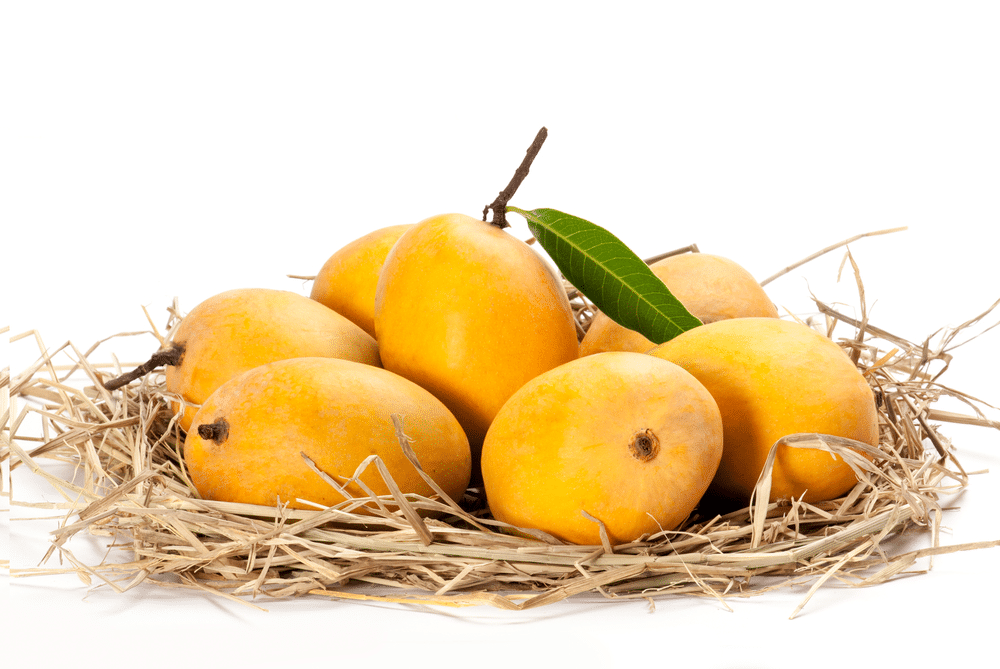
Often referred to as the king of mangoes, people prize Alphonso mangoes for their distinctively sweet flavor and smooth, non-fibrous texture. Grown primarily in the western region of mangoes in India, especially in Maharashtra, these mangoes have pale yellow skin with a slight red blush on the top when fully ripe. The Alphonso is medium to large in size, with a firm flesh and an oval shape. It has a rich, creamy texture and a sweet, aromatic flavor that has earned it a reputation as the best mango in the world.
They have a short shelf life, typically lasting only a week or two after they are harvested. Their season usually peaks in late spring, making them one of the most sought-after varieties during the Indian mango season.
Haden Mango
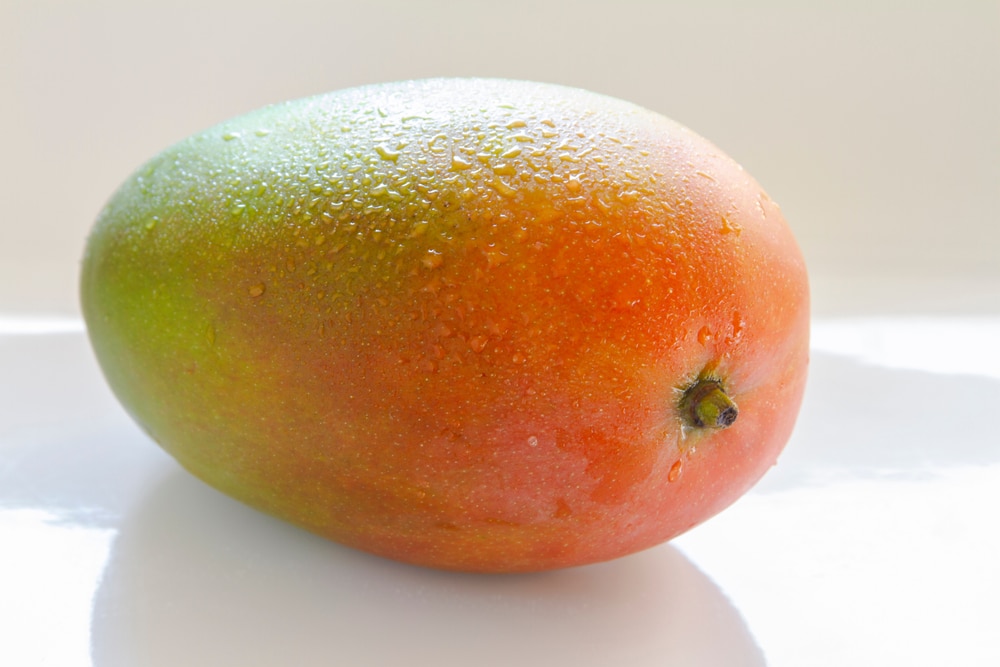
Among the mango types, Haden is one of the most widely recognized mango varieties, particularly in the United States. It is medium to large in size, with a rounded oval shape and vibrant red and yellow skin. Haden mangoes are slightly fibrous but have a sweet, tropical taste. They are descendants of the original Indian mangoes grown in Florida.
Haden mangoes are known for their red blush, which covers most of the fruit’s skin when fully ripe. These mangoes are available during the summer mango season, and their firm flesh makes them ideal for slicing and adding to salads or desserts.
Kesar Mango

The Kesar mango is another famous variety of Indian mangoes. Named after saffron due to its deep yellow color, this medium-sized mango is sweet and aromatic. Farmers primarily grow Kesar mangoes in Gujarat, India, where they are known for their smooth texture and intense flavor.
Kesar mangoes are harvested during the peak mango season from May to July. They have a moderate shelf life, and their firm flesh makes them a favorite for preparing mango pulp, a common ingredient in many Indian desserts.
Tommy Atkins Mango
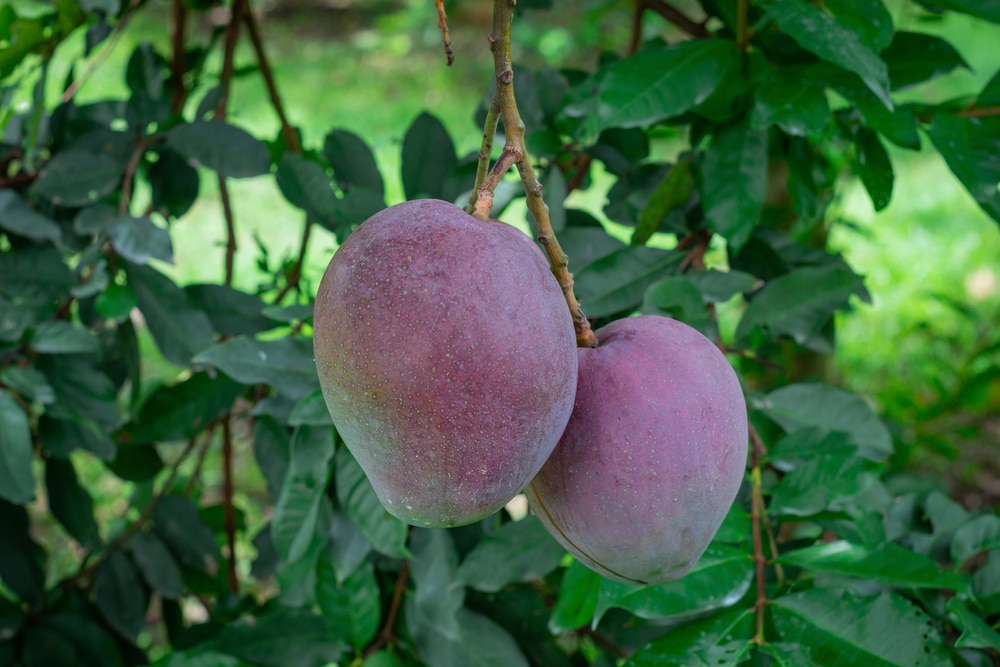
Among the famous types, Tommy Atkins is one of the most widely cultivated mango varieties in the United States and Latin America. It has a green mango color that turns pale yellow as it ripens, often accompanied by a red blush. The fruit is large, with a medium-sized oval shape and fibrous flesh.
Despite the slightly fibrous texture, Tommy Atkins is popular for its long shelf life and versatility. This variety is available year-round in many supermarkets and is often used in smoothies, salsas, and fruit salads due to its ability to retain its shape after cutting.
Neelam Mango
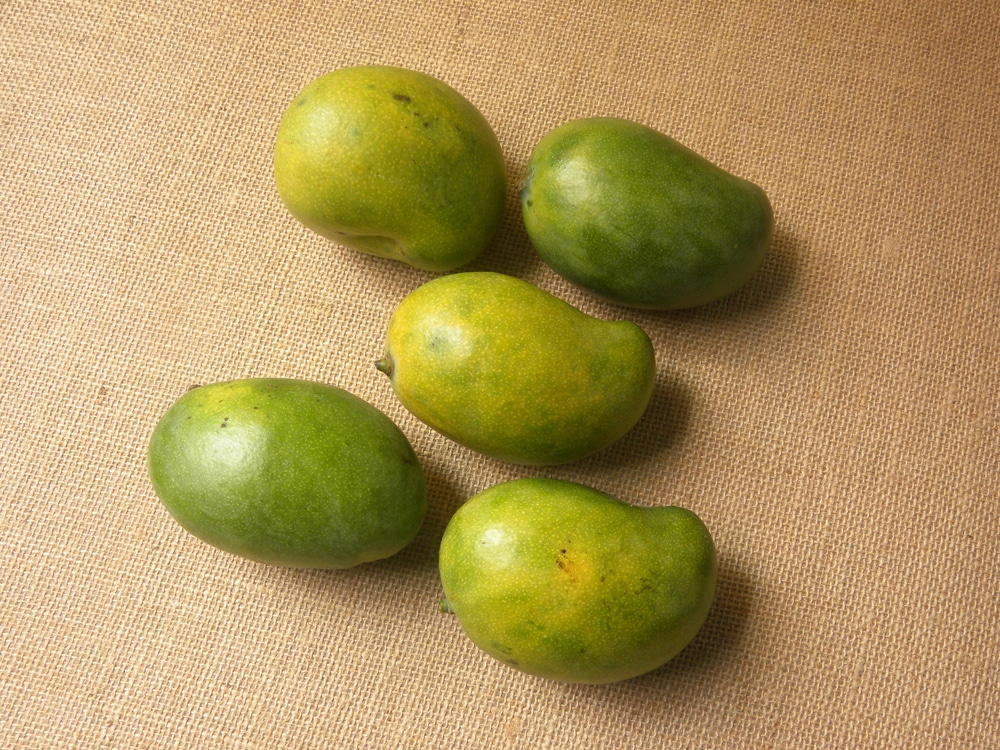
The Neelam mango is a small, medium-sized variety that is highly valued among mangoes in India. These mangoes are known for their sweetness and unique aroma. The skin of the Neelam mango is a combination of green mango and pale yellow, which yellows as it ripens.
Farmers mainly grow Neelam mangoes in the southern regions of India, especially in Andhra Pradesh and Tamil Nadu. The Neelam mango has a short shelf life and people usually enjoy it fresh or use it in various Indian dishes. The firm flesh of the Neelam makes it a great choice for those who prefer a less fibrous mango variety.
Ataulfo Mango
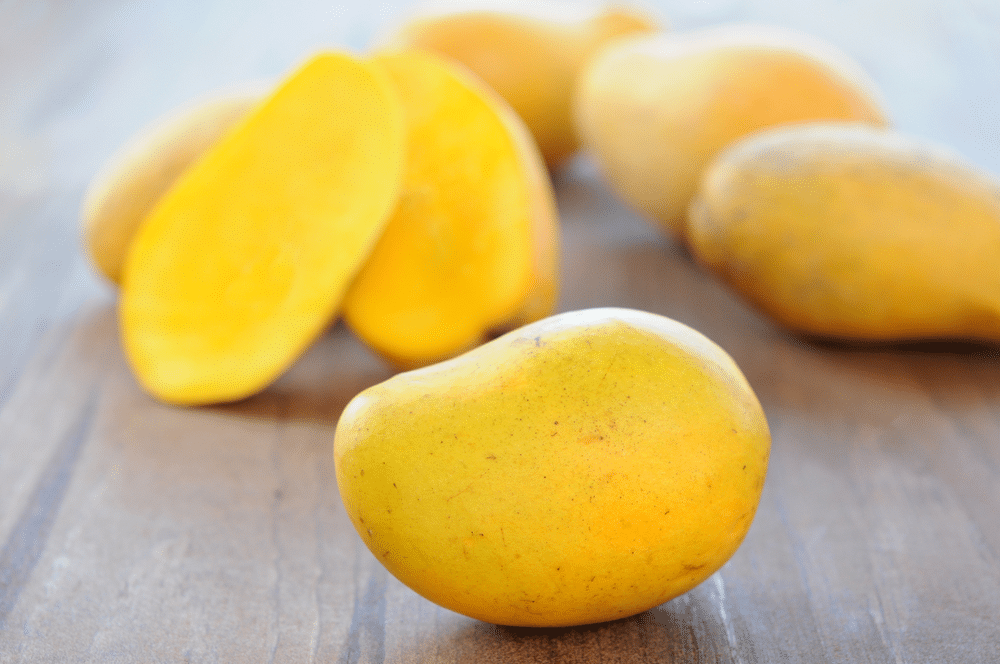
Ataulfo mangoes, also known as honey or champagne mangoes, are small and have a flattened oval shape. They have a golden yellow skin that yellows as it ripens, and their flesh is smooth and creamy, with very little fiber. The flavor of Ataulfo mangoes is distinctively sweet, making them a favorite among mango lovers.
These mangoes are primarily grown in Southeast Asia and Mexico. Their firm flesh and smooth texture make them perfect for blending into mango lassis, smoothies, or simply eaten fresh.
Palmer Mango
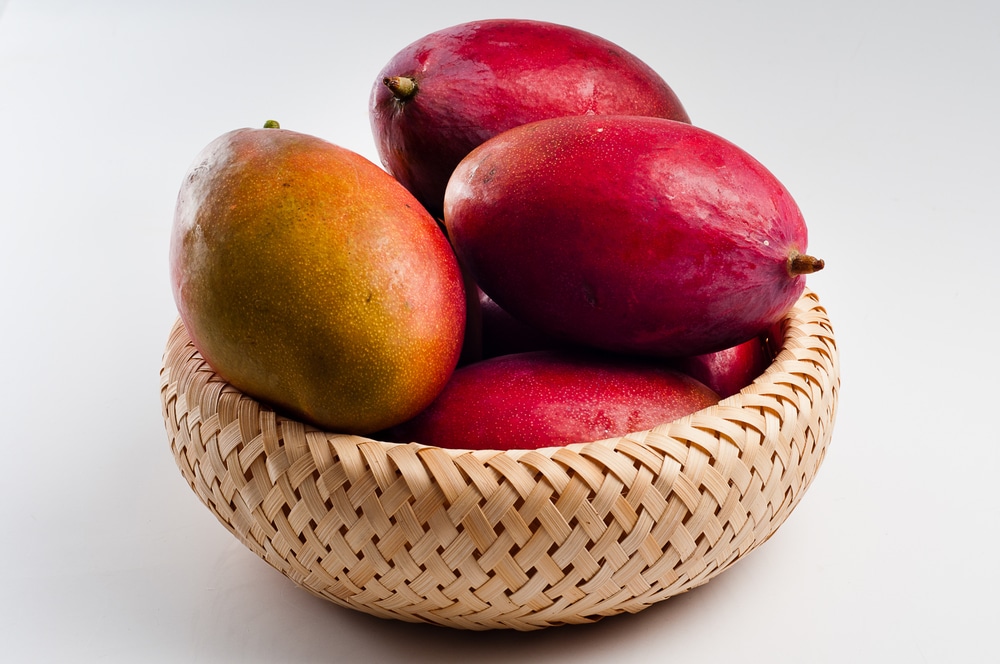
The Palmer mango is a large, elongated variety that is grown in the United States, particularly in Florida. The fruit has a green mango skin with a red blush, and its flesh is smooth and distinctively sweet. Palmer mangoes have less fiber than other varieties, making them a popular choice for fresh consumption.
Palmer mangoes are available during the late summer mango season and have a moderate shelf life. People often use them in fruit salads or enjoy them as a fresh snack.
Keitt Mango
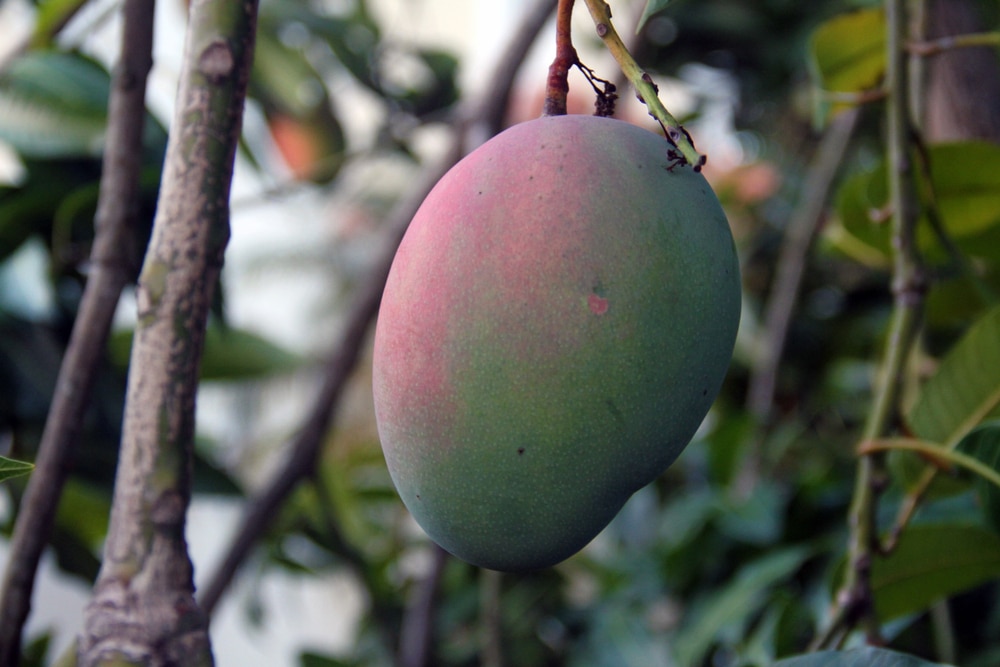
The Keitt mango retains its green skin, even when fully ripe. It has a firm flesh and is one of the larger varieties of mango. Farmers primarily grow Keitt mangoes in Florida and other parts of the United States. They have a mild, sweet flavor and are less fibrous than some of the more traditional mango varieties.
Keitt mangoes have a long shelf life, making them a great option for those who want to enjoy mangoes over a longer period of time. Farmers typically harvest them during the late summer mango season, from July to September.
Kent Mango

The Kent mango is a large, juicy mango with a smooth, non-fibrous texture. It has a green mango skin with a slight red blush, and the flesh is a vibrant deep yellow. Known for their sweetness, many consider Kent mangoes one of the best-tasting varieties. Farmers primarily grow them in Southeast Asia, Mexico, and parts of the United States.
Kent mangoes are available during the late winter and spring mango season and have a moderate shelf life. Their firm flesh makes them ideal for use in fruit platters, desserts, and fresh salads.
Francis Mango

Francis mangoes are primarily grown in Haiti and are known for their sweetness and slightly tangy flavor. They have a green mango skin that gradually turns pale yellow as the fruit ripens, with soft, juicy flesh. The Francis mango measures medium-sized and features an elongated oval shape.
This variety is available during the late spring and summer mango season and has a moderate shelf life. Caribbean cuisine commonly uses Francis mangoes in chutneys, mango salsa, and tropical drinks.
Baileys Marvel Mango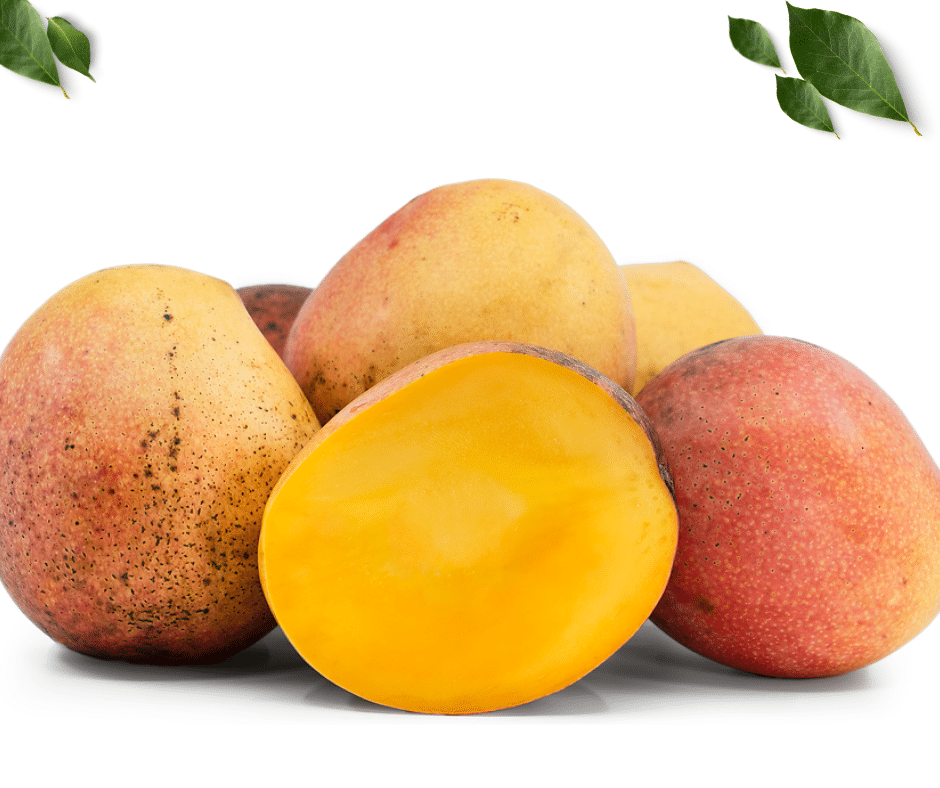
Baileys Marvel, a hybrid variety, grows in Florida, United States. This medium sized mango has an attractive red blush over a green mango skin. The flesh is smooth and distinctively sweet, with minimal fiber. Baileys Marvel mangoes are available during the summer mango season.
This variety offers a moderate shelf life, and people often use it for fresh consumption or in fruit salads and desserts. Its firm flesh holds up well in a variety of culinary applications, making it a favorite among chefs and home cooks alike.
Conclusion
Mangoes have many types and come in many shapes, sizes, and flavors, from the creamy king of mangoes, Alphonso, to the versatile Tommy Atkins mango. Whether you prefer a green mango for its tartness or a ripe mango for its sweetness, there’s a variety for every palate. The diverse range of mangoes in India, Southeast Asia, and the United States offers something for everyone. This diversity in flavors and textures makes mangoes one of the most beloved fruits worldwide.
Understanding the different types of mangoes, their shelf life, and their best uses will help you make the most of mango season and enjoy the vibrant flavors of this tropical fruit year-round.

